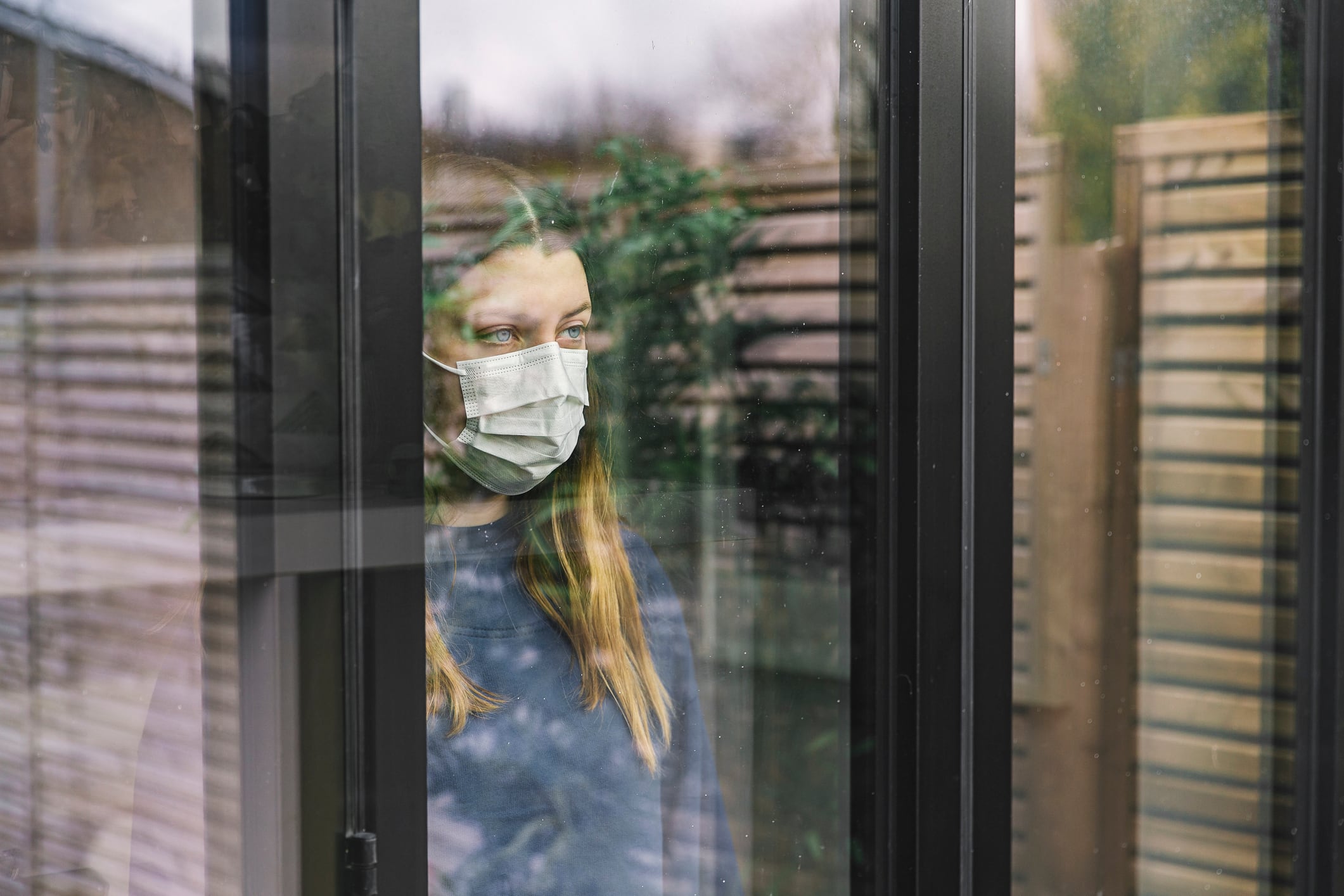On an average day, The Samaritans' 24-hour crisis hotline receives about 1,000 texts from distressed individuals looking for extra help.
By May 2020, they were receiving 16,000 texts daily on average.
“[The pandemic] just compounds existing conditions,” Samaritans Inc. chief product officer and licensed social worker Ron White said. “Even people who had fragile support systems to begin with, those might not be available to them.”
As restrictions are removed, the crisis calls are returning to baseline. The National Suicide Prevention Lifeline, which experienced increased call volume during the pandemic, said its services are back to normal levels. Still, The Samaritans text service is receiving slightly elevated requests as people’s anxieties around returning to in-person activities and continuing uncertainties about the future still persist. While at the pandemic’s peak about a quarter of the calls mentioned COVID-19 or related terms, White said that 12 percent still reference the coronavirus at this time.
“We know that the isolation is going to have a negative impact on people’s mental health,” he pointed out.
This past January more than four out of 10 American adults still reported feelings of anxiety and/or depression, according to an analysis of the Census Bureau’s Household Pulse Survey done by Kaiser Family Foundation. Young adults between the ages of 18 to 24 were more likely to admit to these symptoms, as well as were also more likely to report substance abuse and alcoholism issues than the general population. More than a quarter in the group reported suicidal thoughts.
Essential workers were also put under high amounts of strain. One in four has been diagnosed with a mental health disorder since the beginning of the pandemic, per the American Psychological Association.
Furthermore, one out of five people who had COVID-19 will be diagnosed with a mental health disorder within three months of their illness, according to The Samaritans. This falls in line with previous pandemics like SARS, in which 40 percent of survivors had experienced a mental health disorder, including PTSD or depression.
And, even though things are opening up which may help some people, there are few who may prefer to keep things the way they are. A recent New York Magazine article spoke to a few individuals who found comfort in the solitude and were worried about the return to a fast-paced life. The APA has found that about half of Americans feel uneasy about coming back to in-person interactions when the pandemic ends.
Overall, however, White believes as things open up and vaccinations increase, it will be better for Americans.
“There’s certainly some people who are inclined to be more introverted,” White said. “The isolation is not bothering them as much, but the vast majority of people, they’re looking forward to some return to normalcy.” If you are feeling anxious or depressed, you are not alone. Resources like the National Suicide Prevention Hotline (800-273-8255) and The Samaritans (212-673-3000) are available via call or text at any time of the day.



